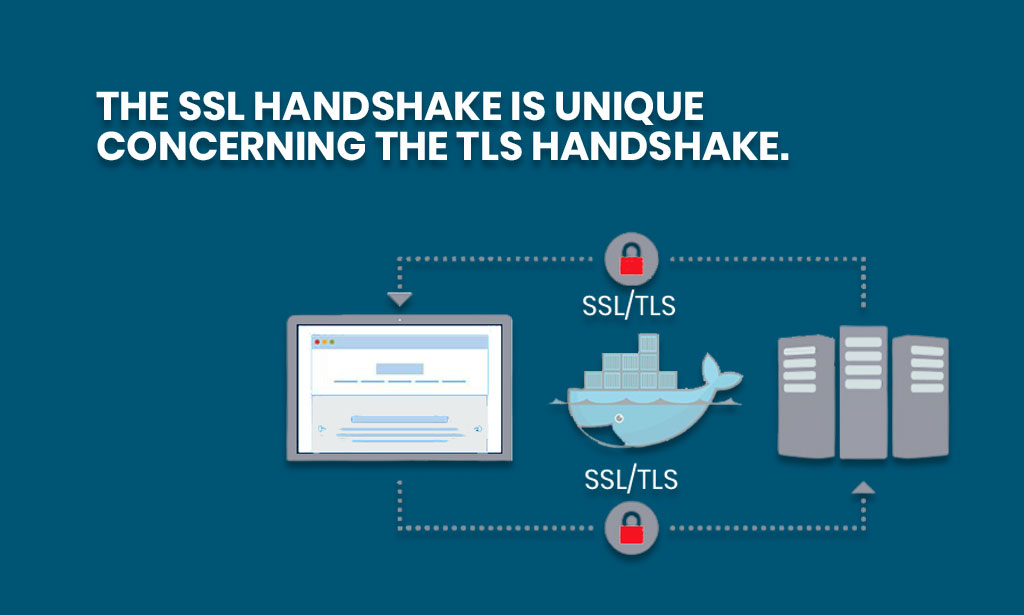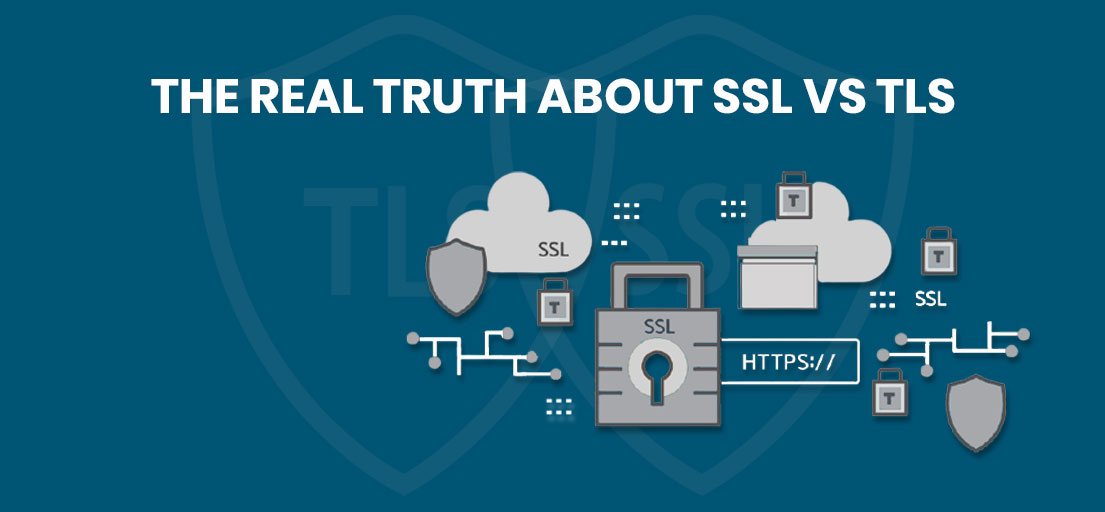SSL vs TLS: The Difference between SSL and TLS certificate
A state of misperception for some individuals is the distinction between TLS and SSL certificates. It’s a reasonable mix-up, particularly when you consider the way that in 2021, SSL certificates run by utilizing the TLS convention. What does that mean?
Read the following guide to discover more about SSL vs TLS. As Grid Hosting provides both SSL and TLS, we don’t want our users to get confused about these protocols. So let’s learn the contrasts between them, and how nowadays SSL certificate truly signifies TLS certificate.
A Brief History of SSL vs TLS
SSL and TLS are both cryptographic conventions that give validation and information encryption between workers, machines, and applications working over an organization (for example, a customer interfacing with a web worker).

SSL is just around 25 years of age. The primary cycle of SSL 1.0 rendition, was first evolved in 1995 by Netscape. However, it was never delivered because it was filled with genuine security limitations. SSL 2.0 was also not significantly better, so after a year SSL 3.0 was delivered. Once more, it had genuine security blemishes.
By then, the folks at Consensus Development tried it and created TLS 1.0. TLS 1.0 was spectacularly like SSL 3. It depended on it – yet unique enough to require a minimization before SSL 3.0 could be utilized. Equally the makers of the TLS convention transcribed:
“The contrasts concerning this convention and SSL 3.0 are not sensational; however, rather, they are critical enough that TLS 1.0 and SSL 3.0 don’t interoperate.”
Downsizing to SSL 3.0 was as yet risky. An attacker planning to breach a site just needs to minimize the convention to SSL 3.0. Consequently, the introduction of downsizing attacks. That wound up being the nail in the final resting place for TLS 1.0.
In 2006, TLS 1.1 came out 7 years after TLS 1.o, succeeded by TLS 1.2 in 2008. Soon people started migrating from 1.0 to TLS 1.2. We are currently at TLS 1.3 that was finished in 2k18 following 11 years.
TLS 1.3 comes with the massive enhancements above its protocols and currently, essential players on the web. Microsoft, Google, Apple, and Mozilla entirely declared new designs after two TLS 1.0 and TLS 1.1 in January 2020; they make TLS 1.2 and TLS 1.3 the solitary game around.
Now, we have been utilizing TLS for the past many years. Now, if you’re using SSL, you are still living in the past.
What is SSL?
Secure sockets layer (SSL) is a cryptographic convention that services secure scrambled contacts on the web. The most notable utilization of SSL is internet browsers associating with sites, where SSL is utilized on top of HTTP to make an HTTPS association.
SSL was made during the 90s after the requirement for adequate security through the web got evident. As increasingly more people started utilizing the World Wide Web, as did organizations and monetary establishments. Therefore, there was a developing requirement for scrambled associations to protect sensitive information like credit card data from being captured by pernicious outsiders.
Up until now, you presumably imagine that this sounds a great deal like the SSL certificates we’ve all come to know and adore. Where does TLS go into this? Indeed, in opposition to what the name of these advanced certificates we use today will have you accept, the SSL convention started being eliminated in 1999. It was supplanted by a fresher, safer convention — the TLS convention.
Why TLS?
While SSL was a game-changer regarding web encryption, it wasn’t great. The primary form, SSL 1.0, was so loaded with security imperfections that it was never delivered to the general users.
The accompanying renditions, SSL 2.0 and 3.0, delivered in 1995 and 1996 separately, refined these defects, yet at the same time weren’t great. Thus, in 1999, the TLS convention was perceived, at last supplanting the SSL convention’s utilization essentially.
Short for Transfer Layer Security, TLS is an updated variant of SSL. They are beginning with TLS 1.0 adaptation, in the years since a few additional variants have been delivered. The most recent of TLS, 1.3, was delivered in 2018. Each progressive variant has many security updates, and are very different from the chief rendition of SSL delivered in 1995.
SSL vs TLS
Without being too specialized, the significant dissimilarity between SSL and TLS is the way they build up protected associations. They ensure it over a cycle recognized as “the handshake”, which is the way the worker and the customer verify each other before at last making an encoded association. The SSL handshake is unique concerning the TLS handshake.
The SSL variant includes utilizing a port to create an explicit connection. TLS, then again, interfaces through a convention, which is identified as an implicit association. The cycle of both SSL and TLS handshakes focuses on something recognized as code suites, calculations that layout the arrangement of steps that should be performed to implement a cryptographic capacity. The code suites utilized by SSL and TLS are changed, with TLS-upheld figure suites being quicker and safer than those upheld by SSL.
Wrap up
While the SSL convention and the TLS convention are not very similar, SSL certificates and TLS certificates allude to something very similar. It is a computerized certificate you introduce to your worker so that internet browsers can associate with your webpage utilizing HTTPS. All advanced SSL certificates must run by doing this through the TLS convention. To guarantee that your site is arranged to use the most recent rendition of TLS, check the server’s settings. Here at Grid Hosting, I have described everything about SSL vs TLS, their history, and different versions.







